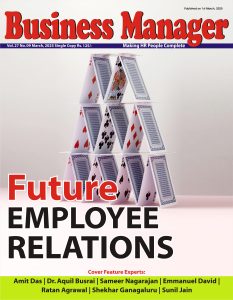Do you think a quiet transformation is taking place in the L&D function? If yes what are those developments and how should their importance be understood?
BR Short answer yes. The best way to appreciate what is changing is to look at both the supply and consumption side. Let me speak of the supply side here.
On the supply side, providers are enhancing offerings both on content and technology. In technology offerings for user and admin access, apart from LMS/LXP possibilities, there are changes in areas like online simulations, and integrated platforms that sit on top of HRMS or stand alone as independent platforms to deliver value. Technology also plays a big part in content creation and generation.
In the content area, there are two parts. The production of content is now enhanced by technology tools- be it video, chat GPT type applications, or AI tools that support agility, type of content, and integration. The second aspect in content is the topics/subjects. There are some core and some new emerging topics. There are...





















